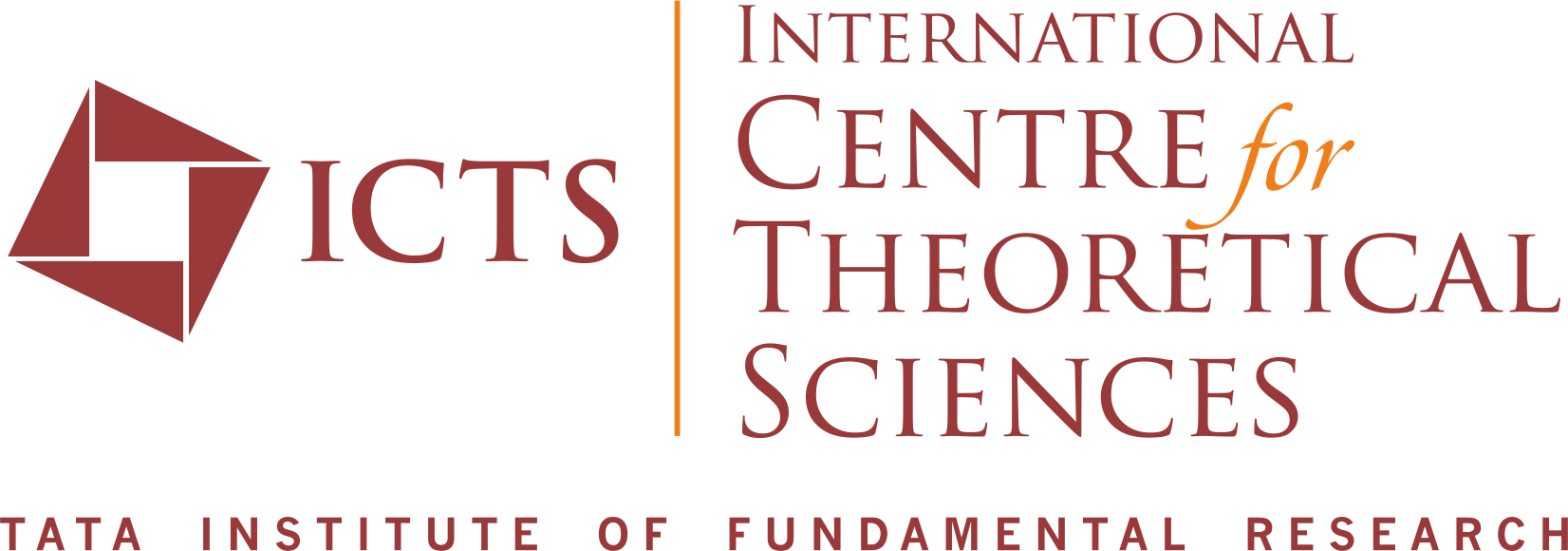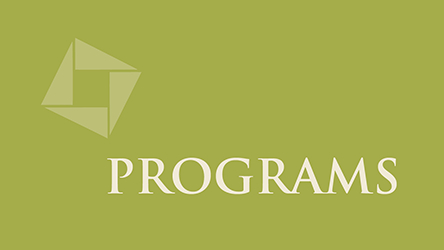This program will be concerned with cooperative phenomena in biological groups; common structural features behind the phenomena will be highlighted. Specifically, the aim is to focus on aspects of group behaviour that cannot be understood from the functioning of its constituent units in isolation, aspects that demand group-level ‘emergent’ properties to be invoked. The formal part of program will consist of lectures and short tutorials.
It is common in biology for more than one potential or actual unit of reproduction to form part of a larger whole that is composed of similar or dissimilar units. In many cases the whole displays group-level traits that are not seen in its constituents. One looks for explanations of a particular trait in terms of proximate causes, namely the underlying physics and chemistry, and separately in terms of the evolutionary history of the group. In general, within-group effects disfavour cooperation between units and between-group effects favour cooperation. Genetic relatedness among group members can influence the outcome.
We will begin with overviews of how the individual versus group distinction is tackled in physics and chemistry. Next, different levels of biological organisation will be considered ranging from molecules to genes, proteins, metabolic pathways, cells, organisms and ecological communities. The phenomena to be examined will include collective oscillations, the reliability and stability of genetic and metabolic networks, multicellular development, normal and pathological social behaviour among cells and organisms and, finally, multi-species interactions. At least two talks will be devoted to the history of the concept of individuality.
 icts
icts  gmail
gmail com
com

